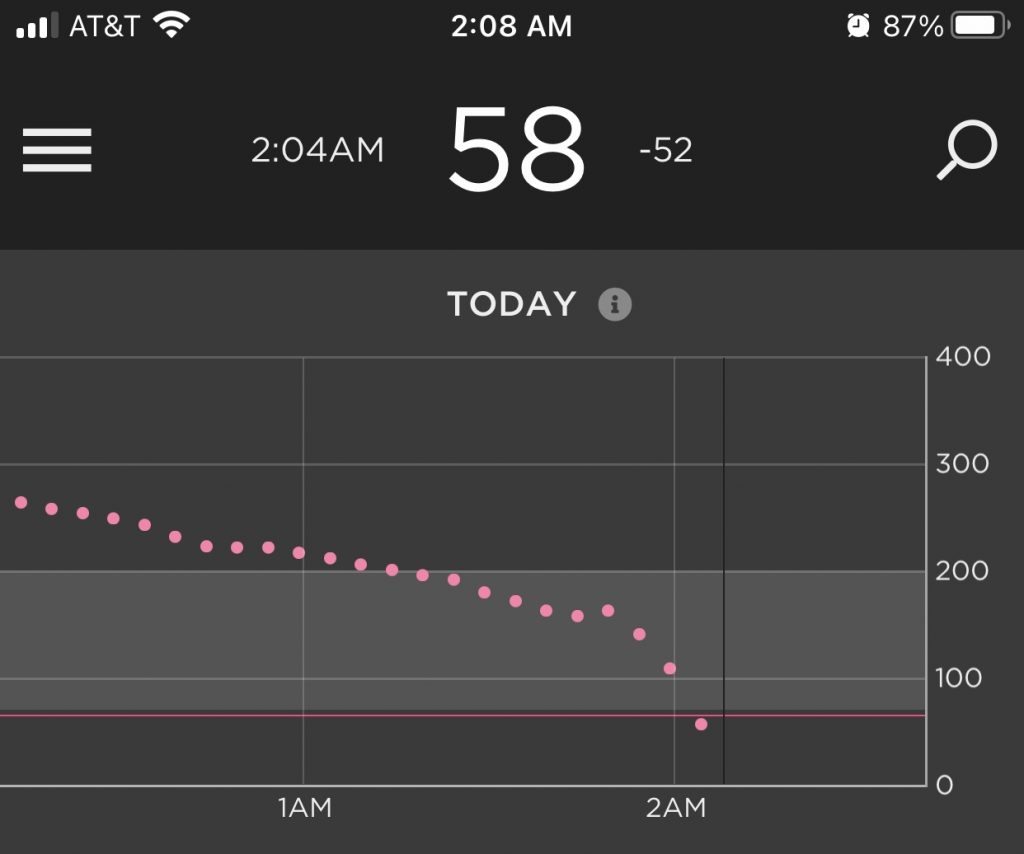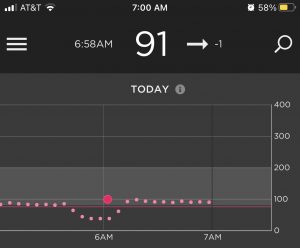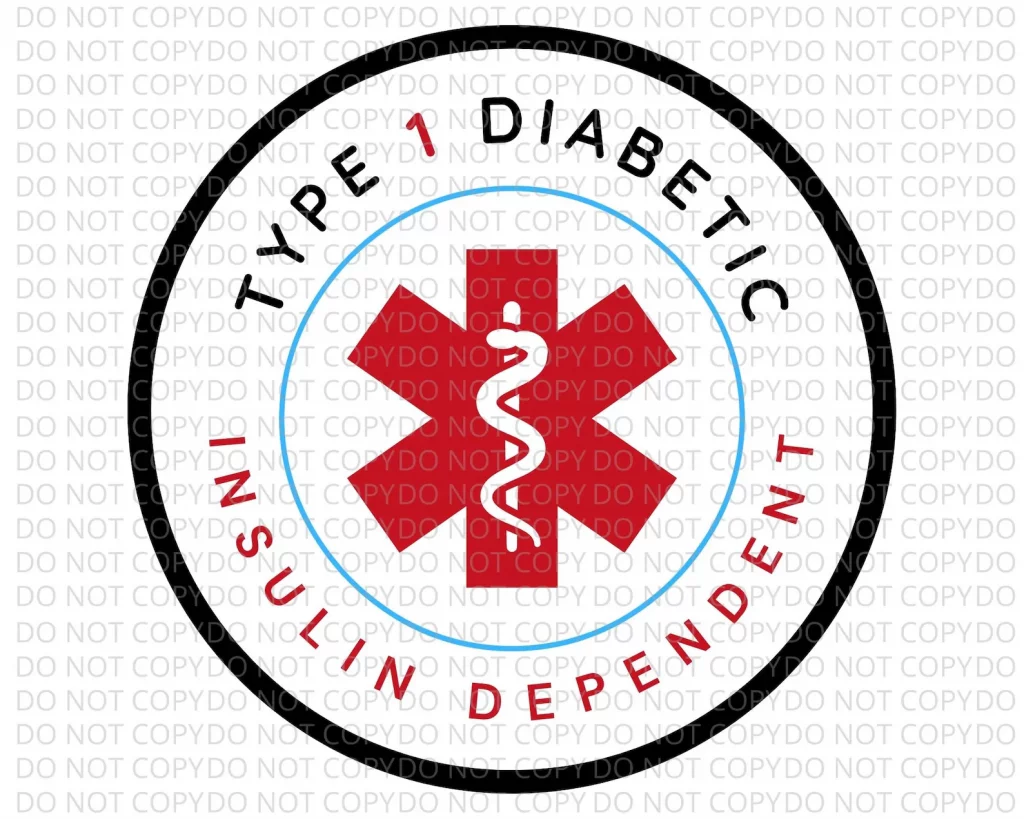What is a Dexcom CGM compression low? Why does it happen?
There is nothing more alarming than a sudden blood sugar drop accompanied by an alert sound and a “LOW” reading on the Continuous Glucose Monitoring (CGM) device. The first thing we immediately do is check his blood sugar numbers with a finger poke and glucose meter. Almost always, it turns out to be a “fake” low or a “compression low”.

So what is a compression low really?
A compression low is not a true reading of a person’s blood glucose (BG) levels. It usually occurs when the body is pressing on the transmitter and sensor site while asleep (you are sleeping on it). The sensor will read much lower than the glucose meter and the drop trajectory will appear sudden and rapid on your CGM device.
Why does it happen?
A Continuous Glucose Monitor (CGM) reads the glucose levels in interstitial fluid, which is the fluid that surrounds the cells in the tissues of the body, rather than reading blood glucose levels directly. The device measures the glucose concentration in the interstitial fluid using a small sensor that is inserted just under the skin. The sensor is usually changed every 7 days to 10 days (depends on the CGM type you are using). The device then uses a calculator to estimate the glucose levels in the bloodstream based on the glucose levels in the interstitial fluid. It is important to note that CGMs are not as accurate as traditional blood glucose meters and the readings may differ from actual blood glucose levels. To get a more accurate reading of BG, a finger poke is always the way to go.
It is worth mentioning that it is important to recognize a compression low (false low) from a true low to avoid over treating with carbs or going through an unnecessary recalibration of the CGM.
What to do?
It may sound too easy but moving the weight off the CGM will help the readings go back on track. My son is usually in deep sleep when his compression lows happen. We just help flip him on his other side to remove the pressure from the CGM. Again, a finger poke is the first action to take to make sure it is not a true emergency low.

Note: I am not a medical professional, please consult your medical team for your health questions and contact your CGM company if you have device specific questions.
*As an Amazon Associate I earn from qualifying purchases.*






Leave a Reply